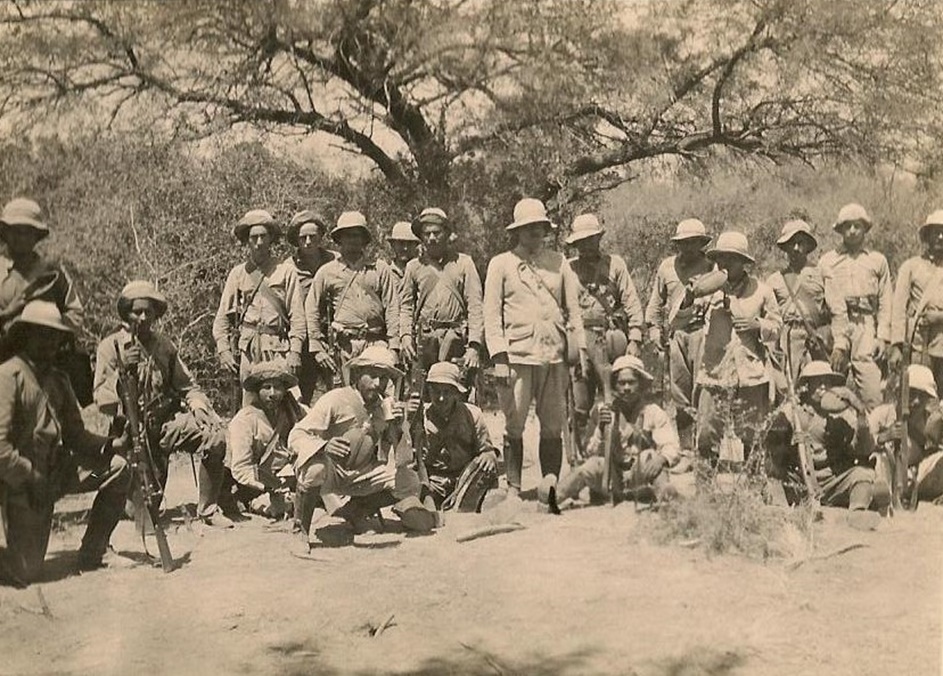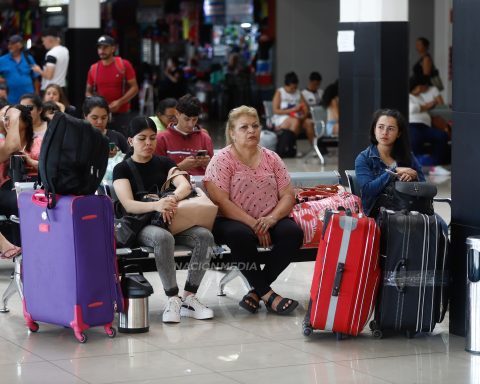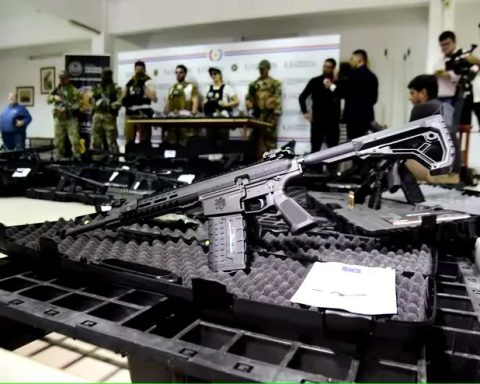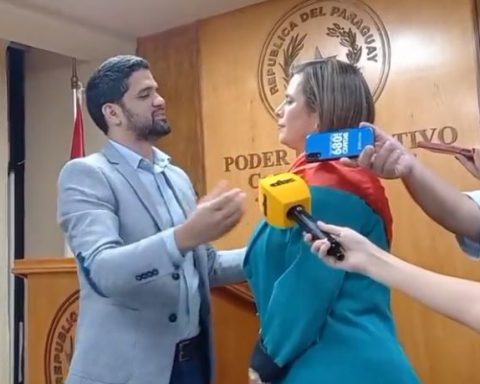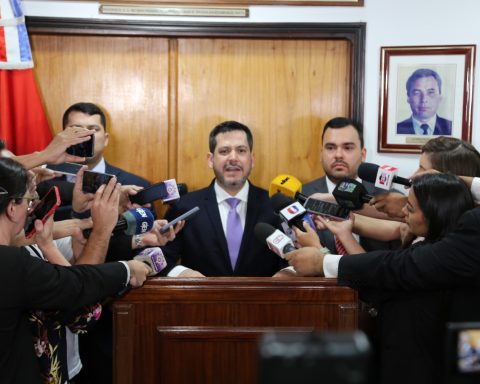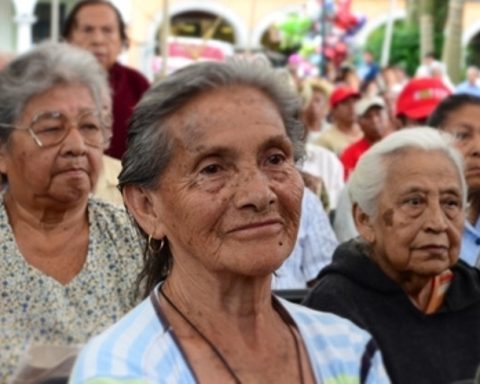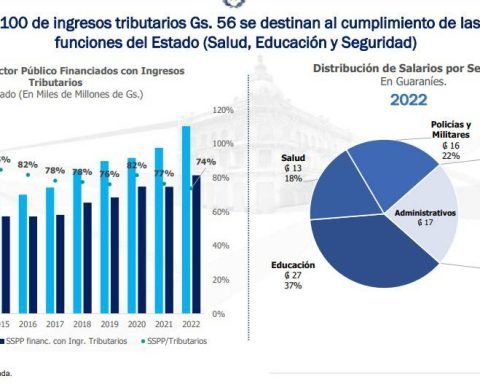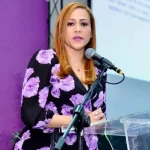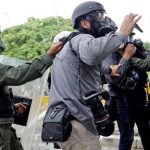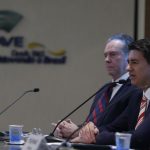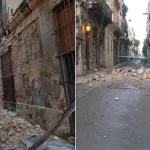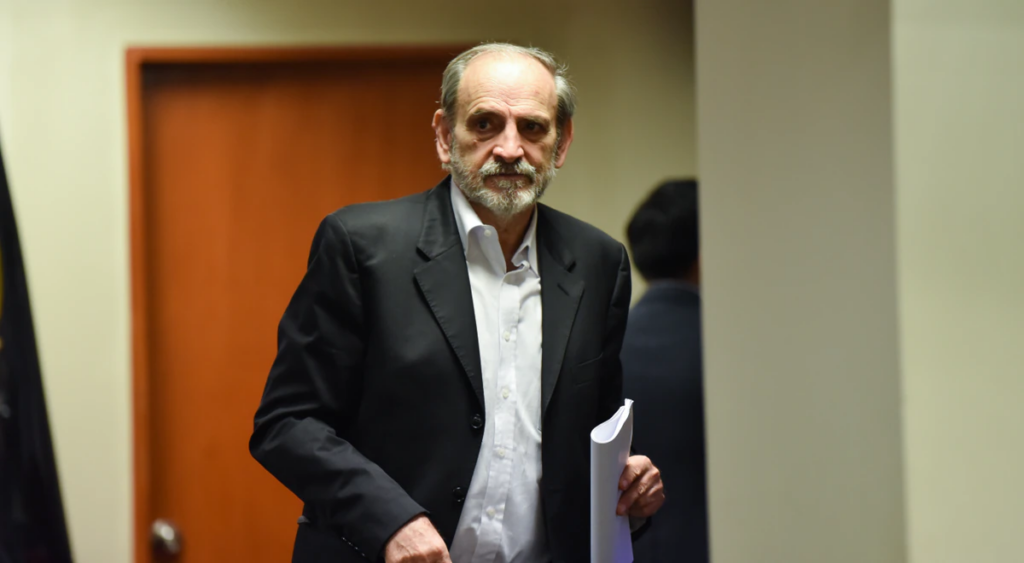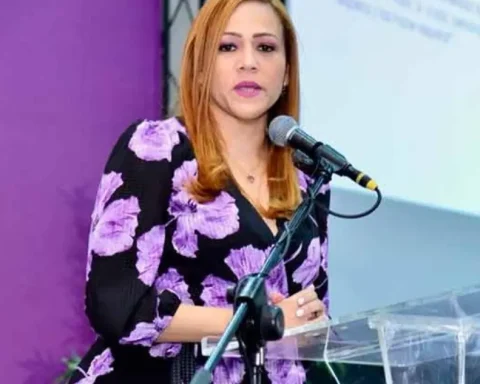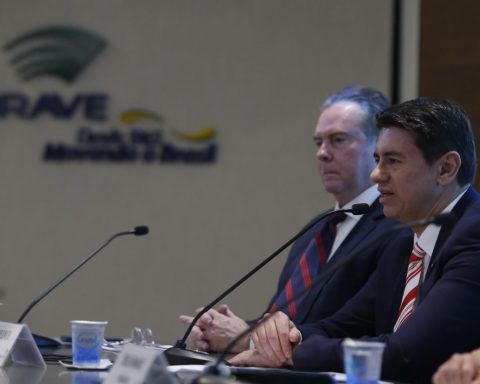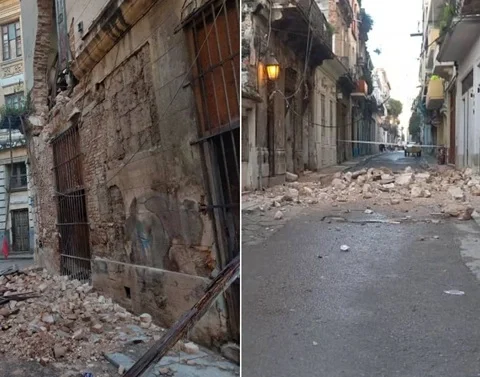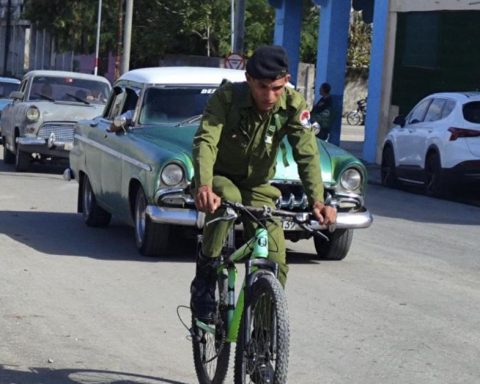This war left the country great lessons that are still valid to this day and should not be forgotten. Therefore, two local historians highlight some key points of this contest.
Historian Herib Caballero Campos explained that little by little greater emphasis should be given to this type of national landmark, since young people are increasingly unaware of this conflict.
“The new generations are very distant because they no longer knew their great-grandparents, we adults came to have greater contact with our grandparents who lived through that national victory. On June 12, the end of this war is remembered. express.
Regarding the main lessons left by the battles that were fought over three years (1932-1935), he reported that preparing for the country was fundamental, enlisting qualified professionals for the position, and emphasized how important it is to have this current teaching to date.
“It is essential to see this war for what it was, a victory for the country, from what was being disputed, we were left with two thirds of the territory, which at that time was no man’s land. The country was prepared, from the troops to the leaders, education was key to winning, because even reaching that area was an odyssey, being an inhospitable place with an unfriendly nature, each strategy had to be concise”, narrowed down
COMPARISONS
It is common to make the mistake of comparing the Guasú War with that of the Chaco, but they were very different stages, although with similar local problems. The main difference is that there are 62 years between each one, a stage in which the country suffered a significant demographic decline, and had many foreign debts, which is why financing could not be obtained for the Chaco War.
Eligio Ayala, who was in charge of finances as Minister of Finance and was also President of the Republic, was the one who made the preparations to gather the genuine resources of the treasury for the purchase of weapons and thus prepare the troops, totally different from what that occurred in the War of the Triple Alliance.
“The lack of resources was such that to carry out the war a national supply board had to be created, businessmen and the State joined forces to send food to the mothers of the children who went to fight and to the soldiers. Collections were also made in the commune and even stars like Arsenio Erico went to Argentina to show their talent in exchange for food for the national troops; That’s how he made himself known and stayed to play for the Avellaneda club, “explained Herib Caballero Campos.
It should be noted that the dispute over the Chaco began in 1853, a time when the Bolivian military who sought to have more political power focused on capturing territory with warlike ideas as a flag. However, the Paraguayan was at all times more cautious and sent the high-ranking military to study in Europe so that they could prepare, but more stealthily.
“There are several reasons why both wars are not similar, it is well known that the Triple Alliance was devastating, but the Chaco War also meant a great loss for the people, there were more than 33,000 deaths, among young people from 20 to 40 years, which had a great effect on the demographic development of the country”, he stated.
EDUCATION REFORM
In turn, the historian Fabián Chamorro also urged that the educational reform itself facts like this must be passed on to the new generations, since the past is learned about the present and the future can be changed.
“We must recover our history from the educational system, that it be reinserted not only as an allegorical parade, but from the education that is given to children, they must know the great value of the Chaco and that history fulfills its role within education, that those young people who fought tirelessly 90 years ago for that national territory be given prominence,” he stressed.
He added that it never hurts to remember and learn about the stories of our ancestors who gave their lives in that bloody battle against Bolivia that culminated on June 12, 1935, when both countries signed the Peace Protocol, after three years of war for the Chaco territory. Historians say that days later, Paraguayans and Bolivians left their trenches to embrace each other in no man’s field as worthy adversaries.
“This date invites us to reflect and honor those who fought for their sacrifice and dedication. Undoubtedly, it was a generation of braves. This date signifies the value of peace and life itself, the return to life, depending on the possibilities, despite the fact that so many compatriots remained forever in the Chaco”, he concluded.
VICTORY PARADE
Another act that set a precedent and should be remembered was the Victory Parade, on August 22, 1935, a tribute to the units that fought in the Chaco War.
For this occasion, a triumphal arch was erected on Mariscal López avenue that said “Hail winners”, but unfortunately it was very short-lived.
At the beginning of the parade, General José Félix Estigarribia was solemnly seen crossing, commanding the heroic army that led him to victory in the immensities of Chaco, and after a long wave of applause, the entire community entered the street to embrace and shake hands. hands of such brave compatriots.
